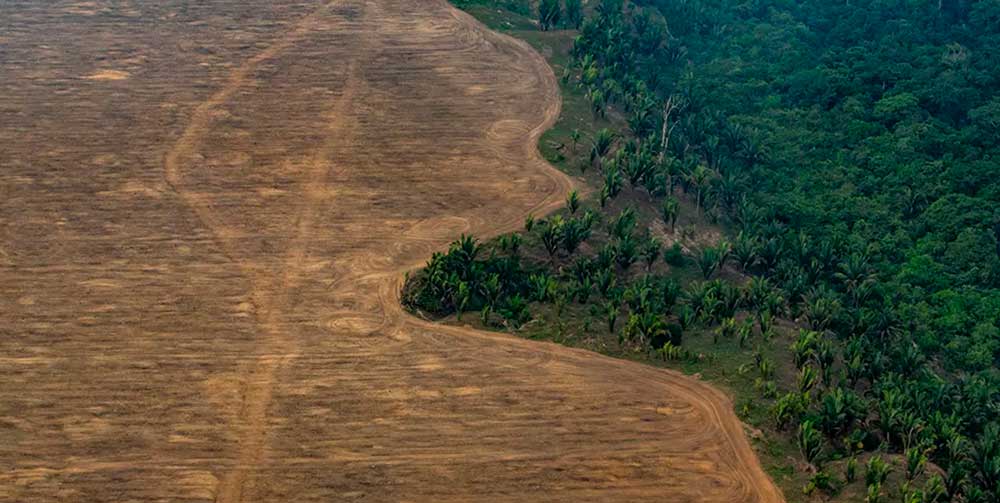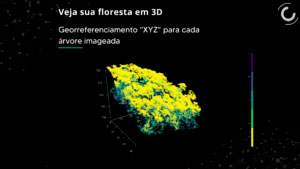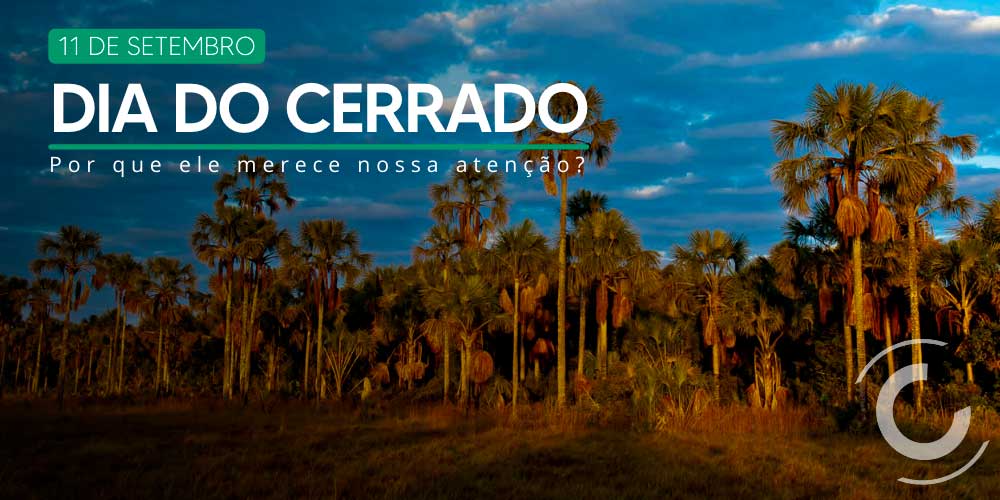The desertification process, as the name implies, is the transformation of natural ecosystems into desert-like environments. This phenomenon is mostly caused by human actions and consists of environmental degradation, resulting from deforestation, soil degradation and increased frequency and intensity of drought events, mainly as a result of global climate changes.
Desertification drastically alters the landscape, with significant impacts on soil fertility, river flow, ecology and economy. In Brazil, this phenomenon is well known in the Caatinga biome, but there is a similar phenomenon caused by the same factors mentioned above – deforestation and climate change – occurring in areas of the Amazon biome. In this case, the process is known as savanization, when there is a sharp reduction in plant biomass with direct impacts on ecosystem products and services, as well as on the forest’s ecology and biodiversity. In some cases, the level of soil degradation is such that areas formerly occupied by the Amazon forest have acquired a caatinga physiognomy.
The savannization of the Amazon forest can already be observed in several areas of Mato Grosso, Rondônia and southeastern Pará. Unlike desertification, which transforms areas of caatinga and cerrado into deserts (an environment hitherto unprecedented in Brazil), savannization is the phenomenon of transformation of the Amazon biome into savannah (cerrado). Both share the characteristic of drastically reducing the biomass contained in the landscape, contributing to the increase in greenhouse gas emissions, mainly CO₂.
The scientific community assumes as the “point of no return” of the Amazon forest (where the savannization process would become irreversible) somewhere around 20% to 25% of deforestation. Today, the biome’s deforestation rate is at 17%. In this scenario, the biome’s savannization process would be fed back by global warming and vice versa, getting out of control and could lead to the conversion of about half of the biome into savannah, which in turn would lead to an accentuated emission of effect gases greenhouse resulting from the loss of forest biomass. The collapse of the Amazon rainforest would have the effect of drastically reducing rainfall in the Southeast region of Brazil, initiating a new front of desertification in the country.


